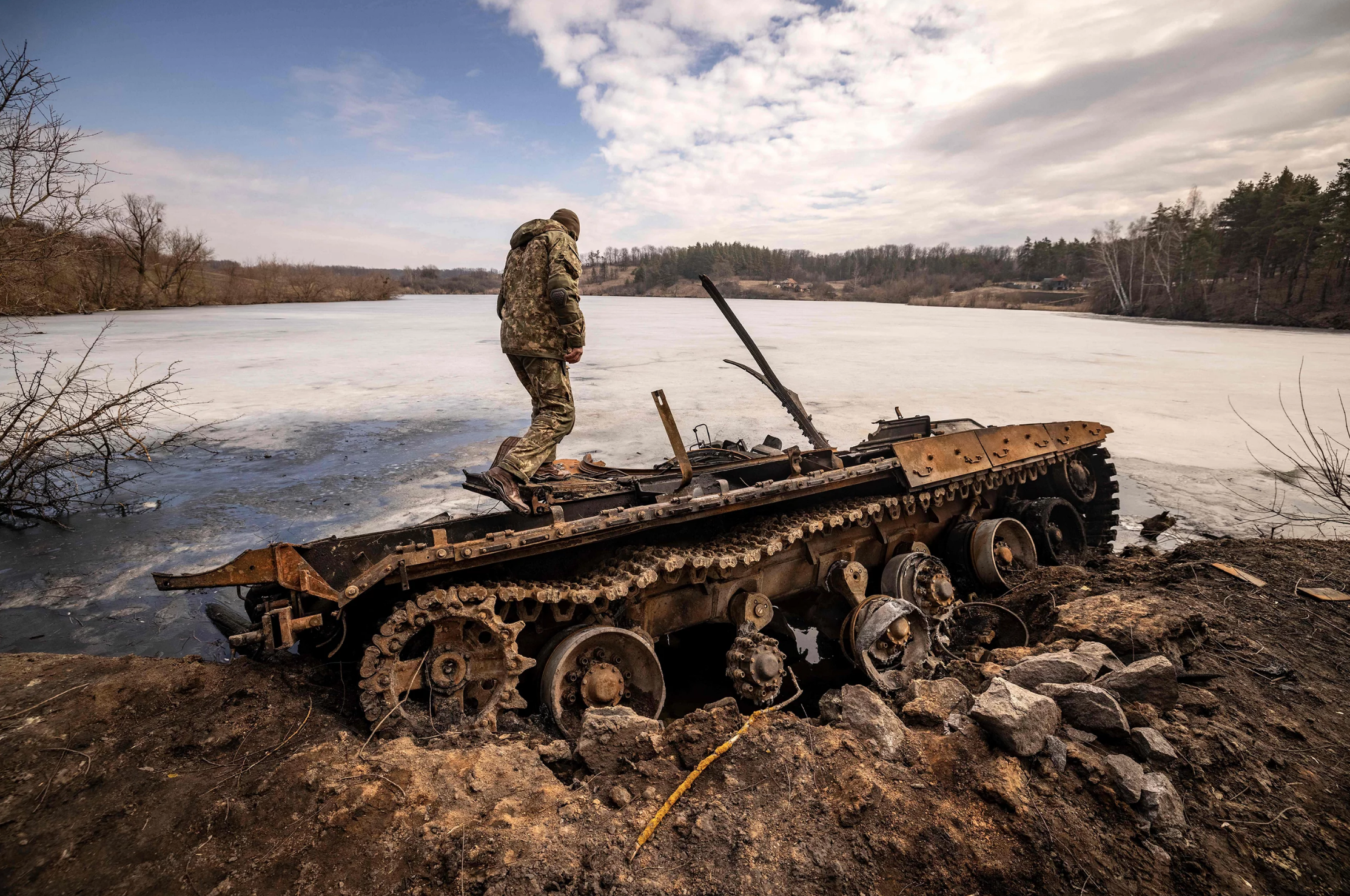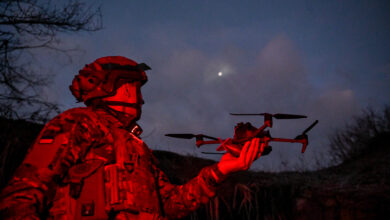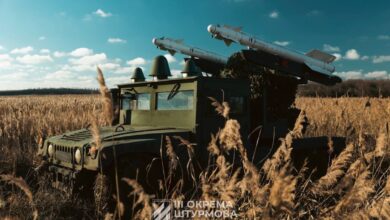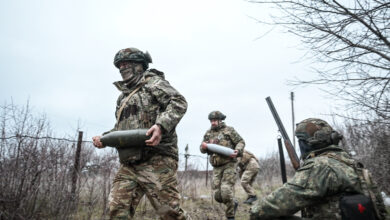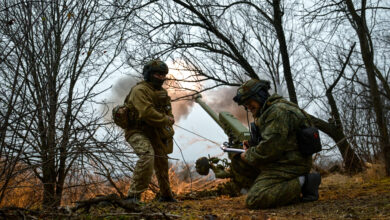Nearly seven months after its invasion of Ukraine, the Russian military is now witnessing “colossal irreplaceable losses” in both manpower and weaponry due to declining defense industry production and increasing personnel losses.
Recent Ukrainian counter offensives have resulted in further Russian losses, with its army retreating in disarray and tanks and artillery left abandoned.
Russian defense sector analyst Pavel Luzin believes that the country’s war machine will soon be unable to function as global sanctions continue to beset Moscow’s power to procure and produce new weapons.
He also noted Russia’s comparatively low defense production and manpower after high munition consumption and personnel losses against Ukraine.
“For Russia, six months of war have led not only to colossal irreplaceable losses in manpower, but also to a huge waste of weapons and military equipment: guided missiles are already very scarce, shells for artillery and armored vehicles will be exhausted by the end of the year, and the state of military aviation precludes a full-scale air campaign,” Luzin said in an August 30 piece in independent Russian media outlet The Insider.
Russian Supplies Running Out
Videos circulating on social media seem to confirm Russia’s difficulty in resupplying its troops. One recent video showed a Russian T-80BVM tank with no explosive reactive charges to detonate and destroy incoming anti-tank missiles, Breaking Defense reported.
Instead, Ukrainian soldiers found the reactive armor compartments filled with rubber the size and thickness of a mousepad.
Another major challenge facing Russia is its conventional artillery. According to Breaking Defense, the country will likely run out of shells by the end of the year. Since February 24, Russia has expended no less than seven million shells.
Moscow’s resupply concerns have reached the point that Vladimir Putin has sought military aid from North Korea, according to US intelligence. Reports claim Russia has purchased millions of artillery rounds (chiefly 152mm shells) and other munitions from the isolated Asian nation.
“This is very likely an indication of a massive failure of the Russian military industrial complex that likely has deep roots and very serious implications for the Russian armed forces.” Frederick W. Kagan from the American Enterprise Institute told The New York Times.

